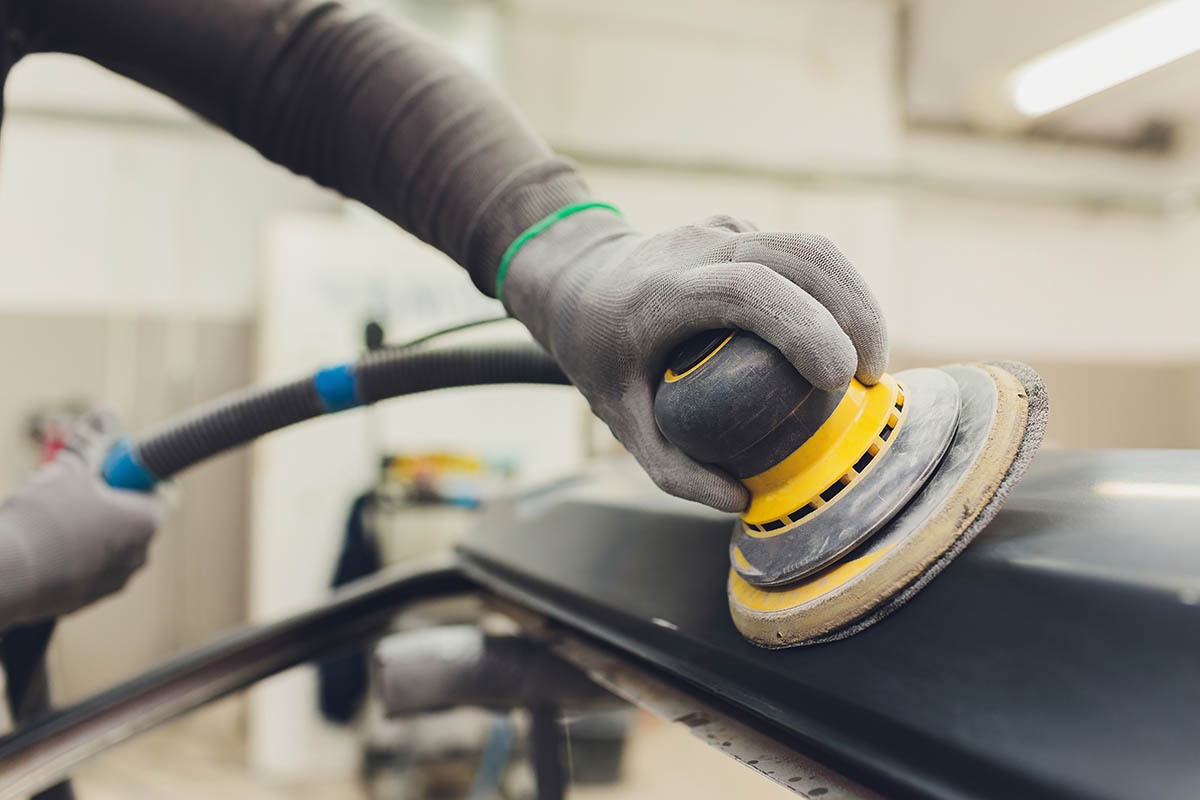Glue Roller Machine Maintenance: Tips for Long-lasting Performance
Glue roller machines are invaluable tools in various industries, from packaging and labeling to woodworking and manufacturing. These machines efficiently apply adhesive materials to a wide range of surfaces, improving productivity and ensuring a strong bond.
To keep your glue roller machine operating at its best and ensure a long-lasting performance, regular maintenance is essential. In this blog post, we’ll explore some practical tips and tricks to maintain your glue roller machine effectively.
Cleaning is Key
Imagine writing with a dirty pen; it doesn’t work well, right? Similarly, a glue roller machine won’t perform optimally if it’s covered in adhesive residue and grime. Regular cleaning is the first step in maintaining your machine. Here’s what you can do:
- Daily Wipe Down: After each use, wipe down the rollers, applying a gentle solvent or warm, soapy water as needed. Make sure to remove all residual glue and debris.
- Weekly Deep Clean: At least once a week, take the time to disassemble the machine and clean each component thoroughly. Pay attention to hard-to-reach areas and crevices where glue might accumulate.
Inspect and Replace Parts
Just like a car needs regular oil changes and tire rotations, your glue roller machine needs periodic inspections and part replacements. Here are some components to check:
- Rollers: Examine the condition of the rollers. If you notice any cracks, dents, or uneven wear, it’s time for a replacement.
- Bearings: Bearings can wear out over time, leading to reduced performance. Check for any signs of wear and replace them if necessary.
- Brushes: If your machine has brushes, ensure they are clean and not worn down. Worn brushes can affect the even distribution of glue.
Lubrication
Proper lubrication is crucial for the smooth operation of your glue roller machine. Be sure to use the right lubricant recommended by the manufacturer. Apply it to the necessary parts regularly, following the guidelines provided in the machine’s manual.
Calibration and Adjustment
Your glue roller machine may require occasional calibration and adjustment to achieve the desired glue application thickness and coverage. Follow the manufacturer’s instructions to ensure that your machine is set up correctly. Improper calibration can lead to uneven glue distribution and wastage.
Storage Matters
Proper storage is essential to prevent damage and prolong its lifespan when your glue roller machine is not in use. Here’s how to do it:
- Cover It Up: Use a dust or plastic sheet to protect the machine from dust and debris.
- Store in a Dry Place: Moisture can damage sensitive components. Ensure that the storage area is dry and well-ventilated.
Use the Right Adhesive
The type of adhesive you use can significantly impact the performance and lifespan of your glue roller machine. Always use adhesives that are compatible with your machine’s specifications. Using the wrong adhesive can lead to clogs and other issues.
Regular Training for Operators
Proper maintenance isn’t just the responsibility of the machine itself; it also depends on the people operating it. Provide regular training to your machine operators on how to use, clean, and maintain the glue roller machine correctly. Educated operators are likelier to spot issues early and perform maintenance tasks effectively.
Keep Records
Maintaining a record of your maintenance activities can be incredibly helpful. It allows you to track when certain components were last replaced, when the machine was calibrated, and any issues that have arisen. This historical data can aid in troubleshooting and ensure that maintenance tasks are not overlooked.
Safety First
Lastly, always prioritize safety when performing maintenance on your glue roller machine. Ensure that the machine is turned off and disconnected from power before cleaning or making any adjustments. Provide appropriate personal protective equipment (PPE) for those performing maintenance tasks.
Troubleshooting Tips
Even with the best maintenance practices, issues with your glue roller machine can occasionally arise. Here are some common problems and troubleshooting tips:
- Uneven Glue Application: Check for debris on the rollers or worn brushes if you notice uneven glue distribution. Ensure that the machine is calibrated correctly.
- Clogging: Clogs can occur when dried adhesive accumulates in the machine. Use the appropriate solvent recommended by the manufacturer to dissolve the clog. Regular cleaning can prevent this issue.
- Excessive Noise: Unusual noises can indicate issues with bearings or misaligned components. Inspect the machine for loose parts or signs of wear and address them promptly.
- Inconsistent Feed: If the machine struggles to feed materials consistently, examine the feed mechanism and ensure it’s in good condition. Lubricate moving parts as needed.
- Leaking Glue: Leaks can waste adhesive and create a mess. Check the seals and gaskets for damage and replace them if necessary. Ensure that glue containers are properly sealed.
Professional Maintenance and Service
While regular maintenance can significantly extend the life of your glue roller machine, there may come a time when it requires more specialized attention. It’s advisable to have a professional technician or the manufacturer’s service team perform periodic comprehensive maintenance and servicing.
Professional maintenance can include tasks such as:
- Precision calibration to ensure accurate glue application.
- Thorough cleaning and inspection of all components.
- Replacement of critical parts, such as rollers and bearings.
- Lubrication and adjustment of moving parts.
- Diagnostic testing to identify potential issues before they become significant problems.
By investing in professional maintenance, you can address underlying issues that may not be evident during routine maintenance. This proactive approach can help you avoid costly downtime and ensure that your glue roller machine continues to operate at peak performance for years to come.
Glue roller machine maintenance: Conclusion
A well-maintained glue roller machine can save your business time and money in the long run. By following these simple yet effective maintenance tips, you can ensure that your machine continues to perform at its best, providing consistent and reliable results. Regular cleaning, inspections, lubrication, and proper storage are the keys to a long-lasting and efficient glue roller machine. So, roll on, and let your machine stick with you for years to come!



















